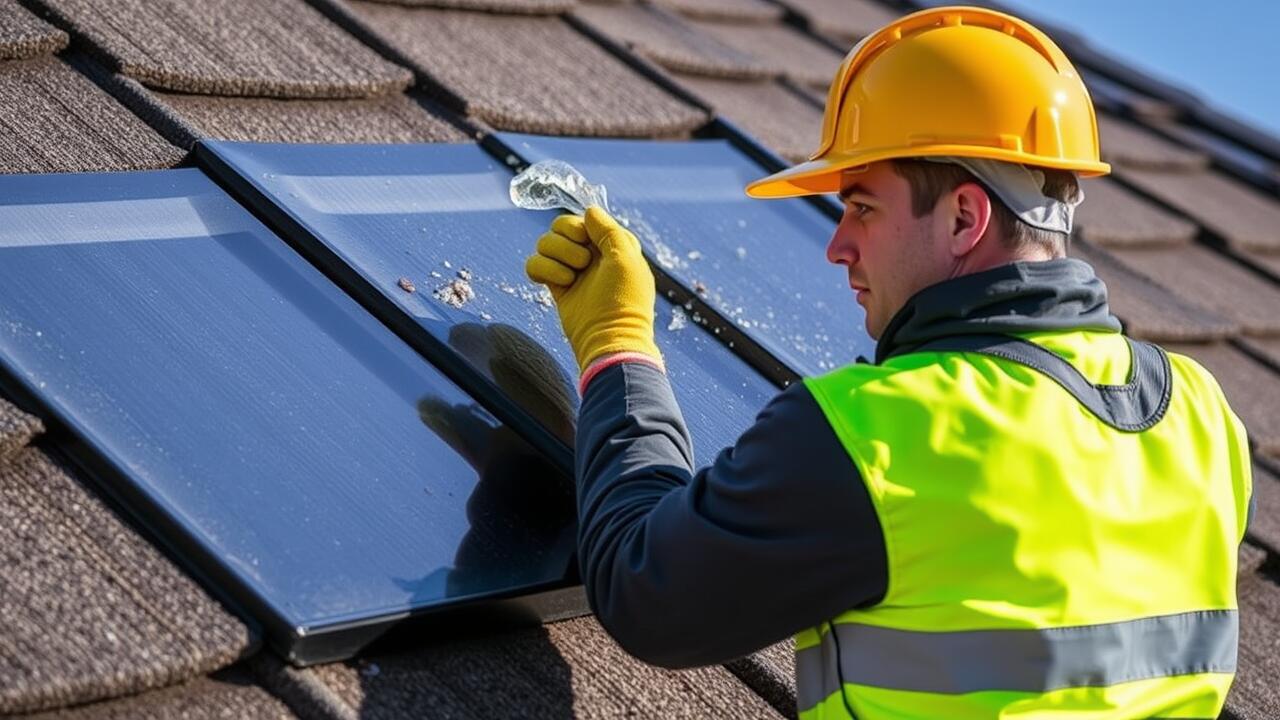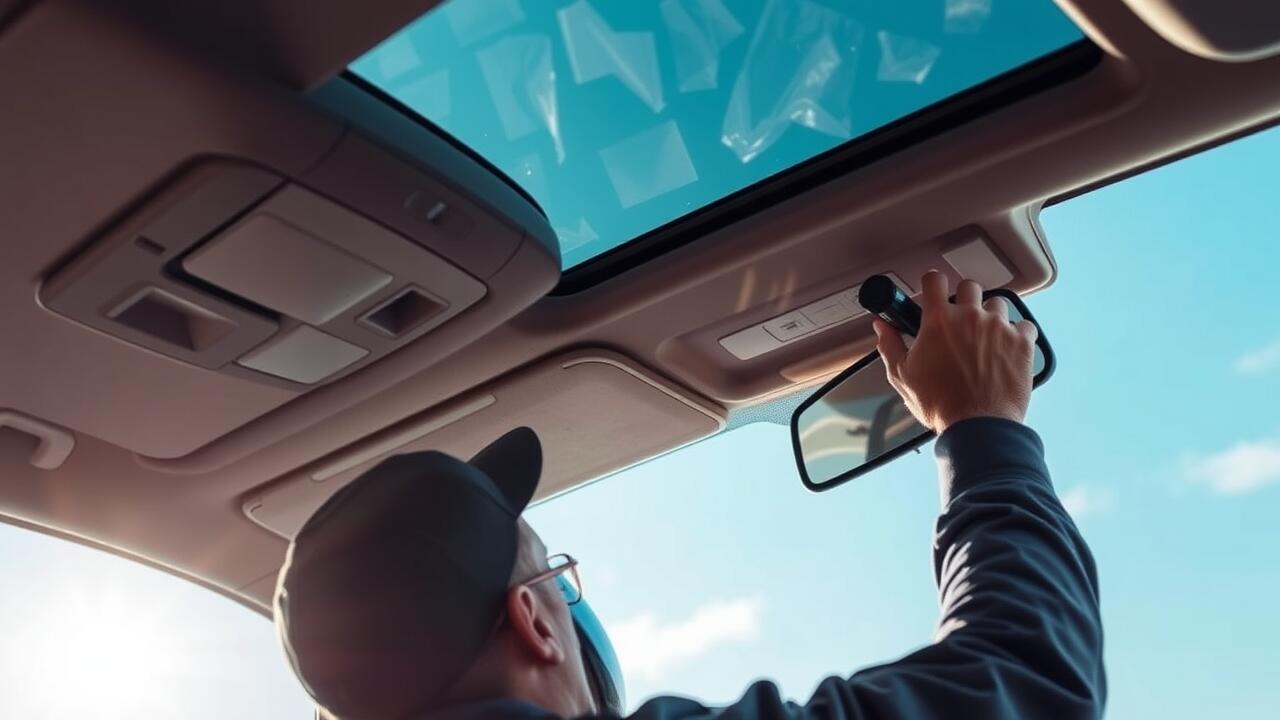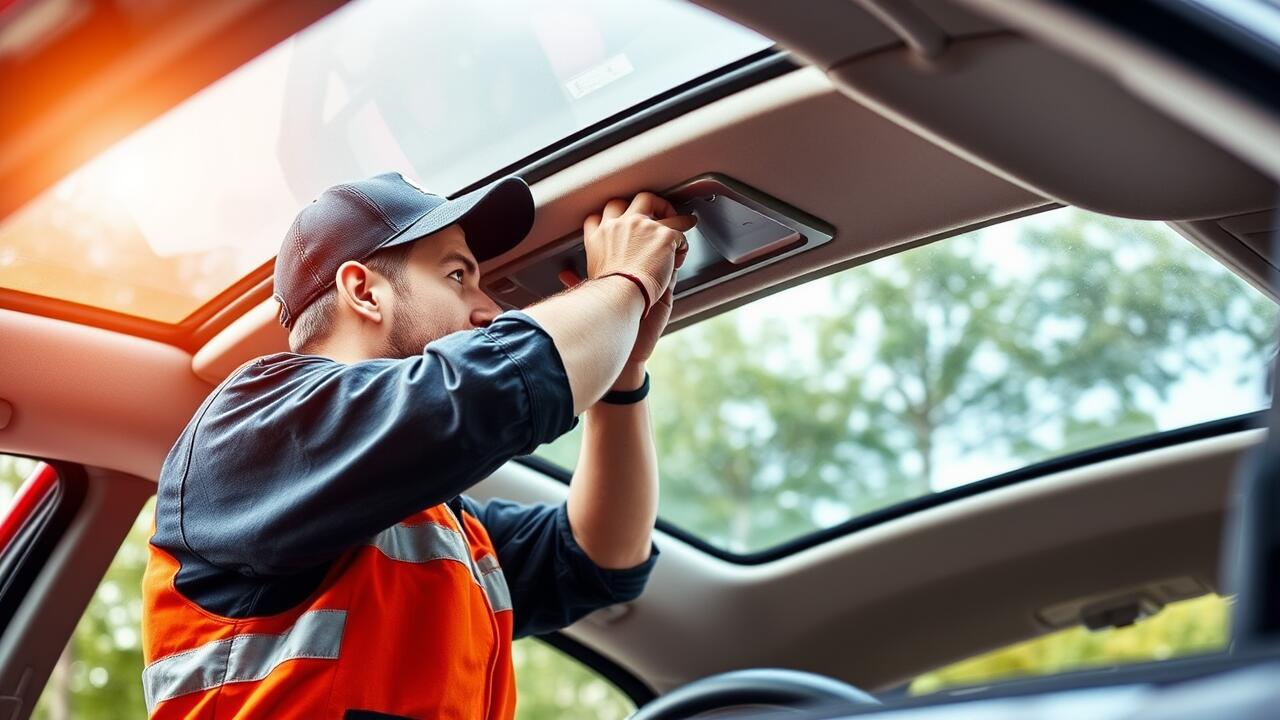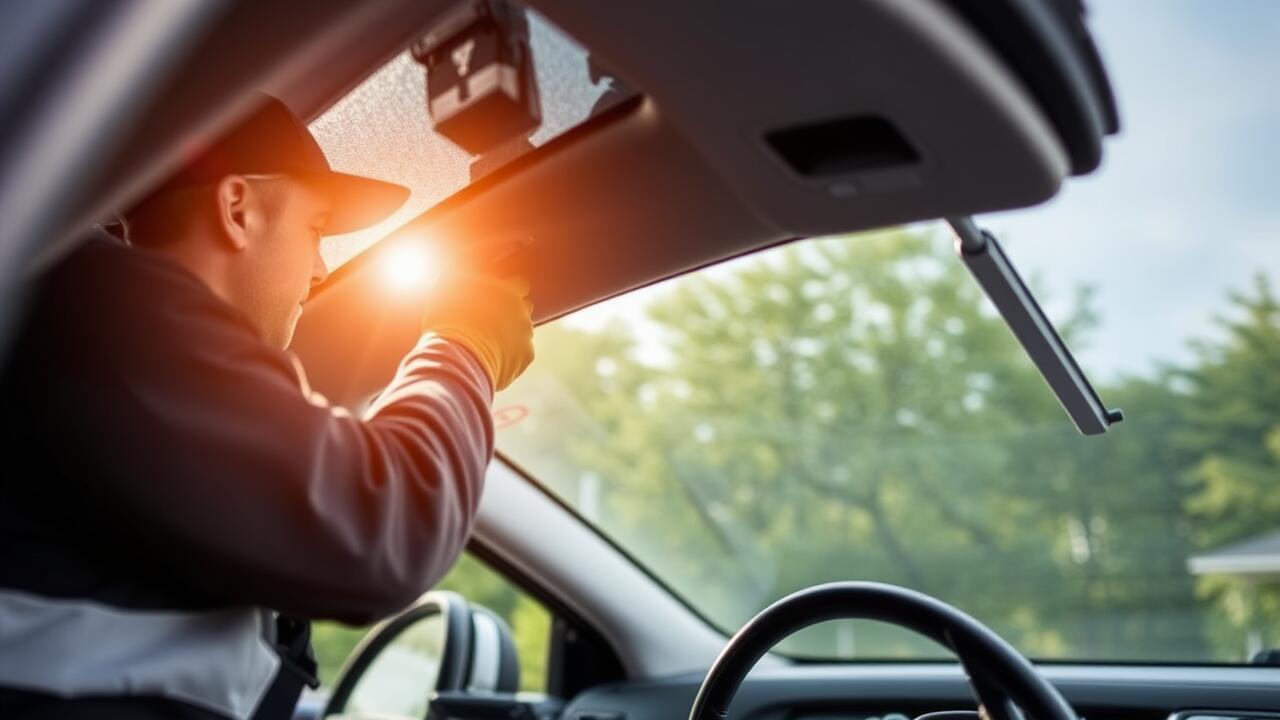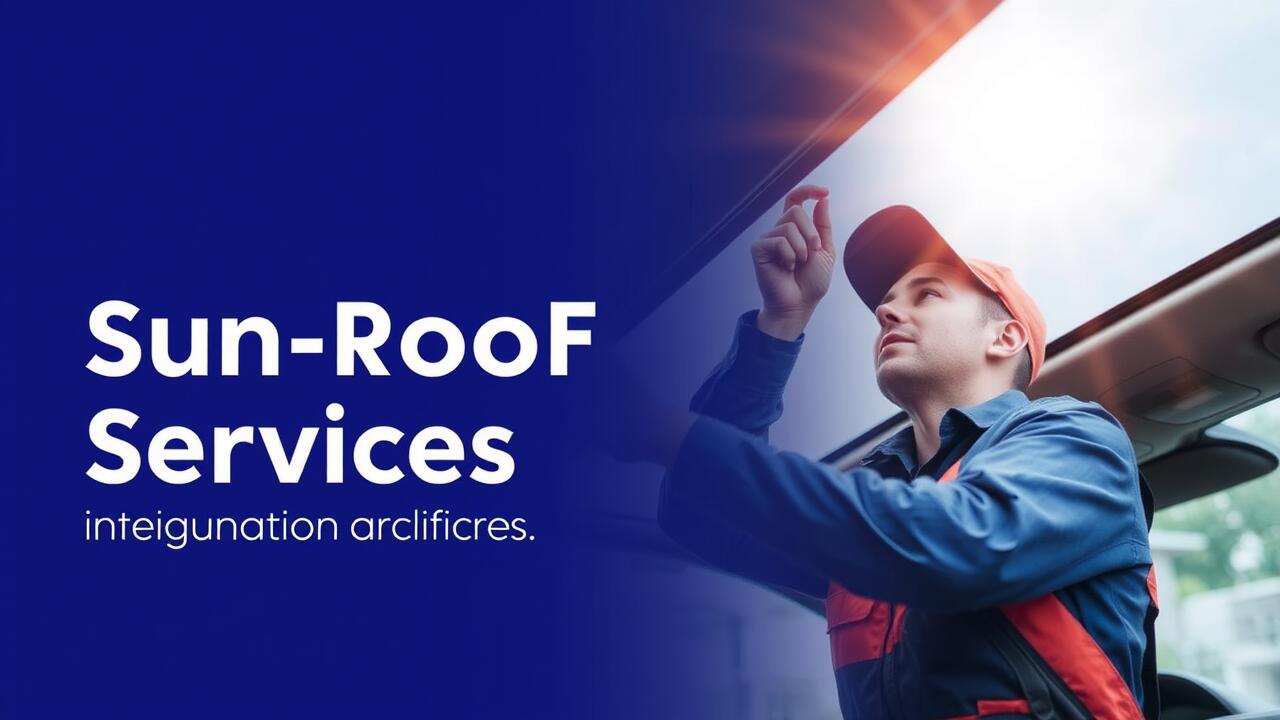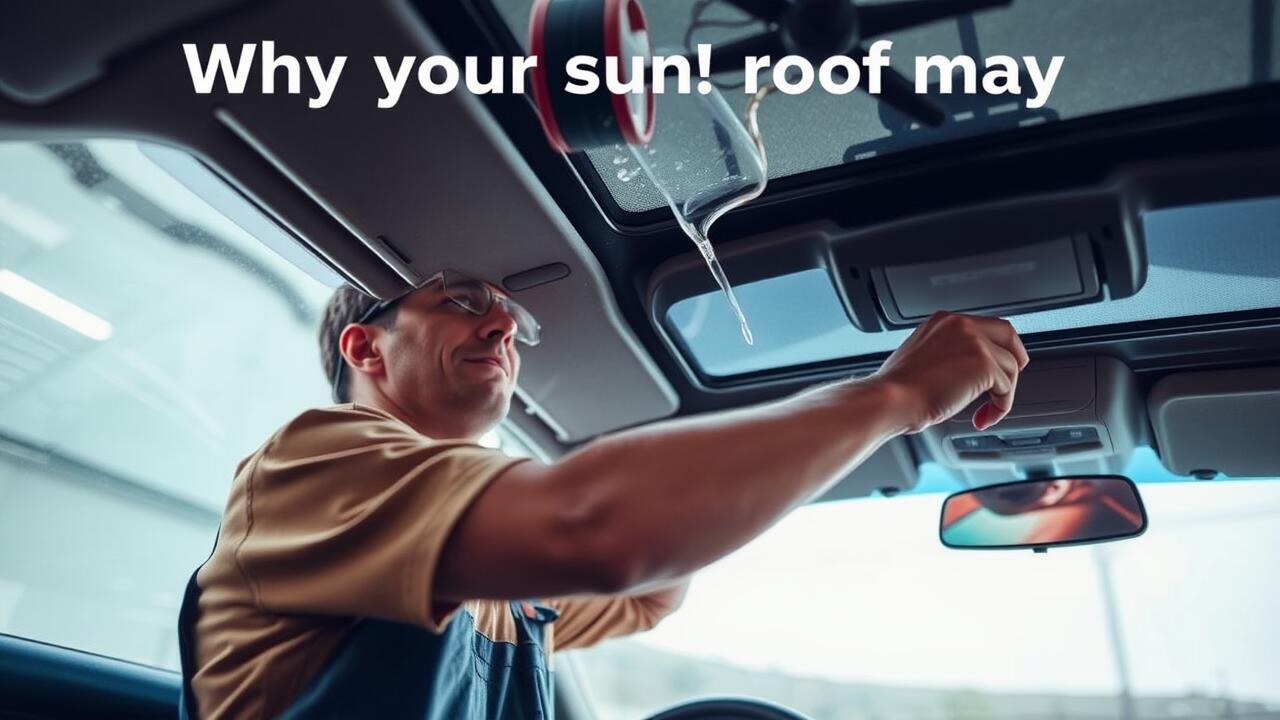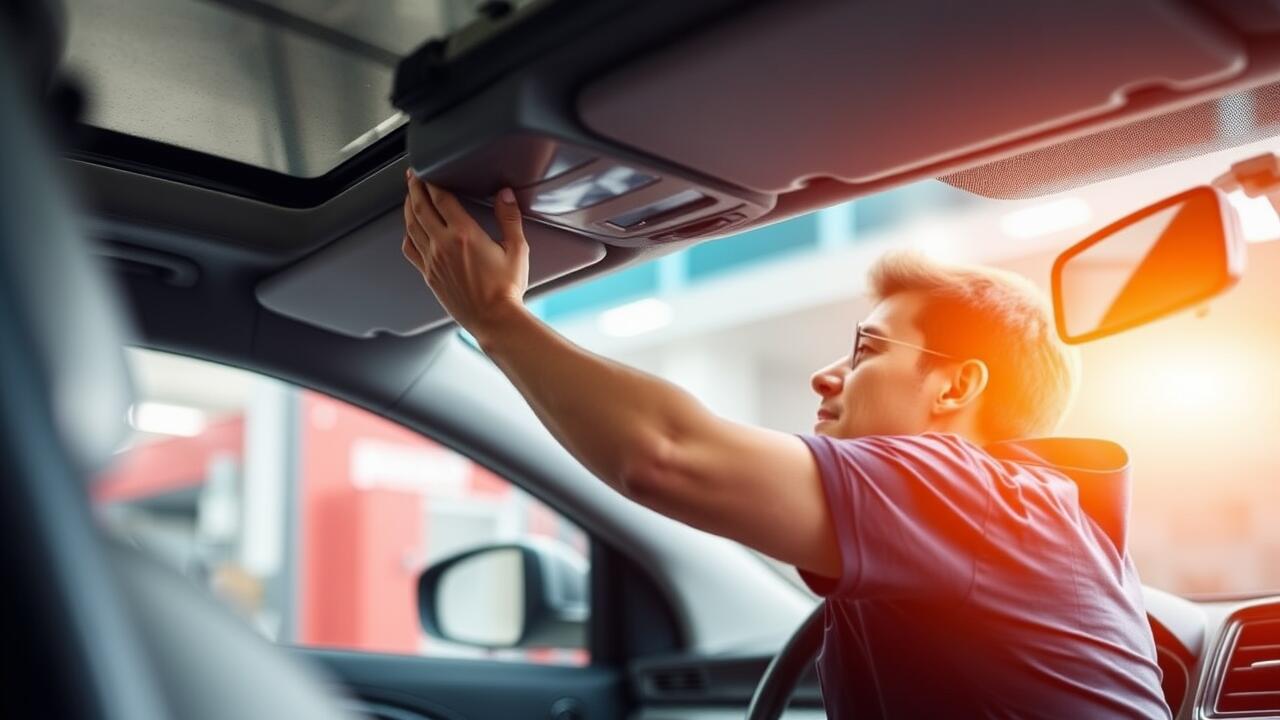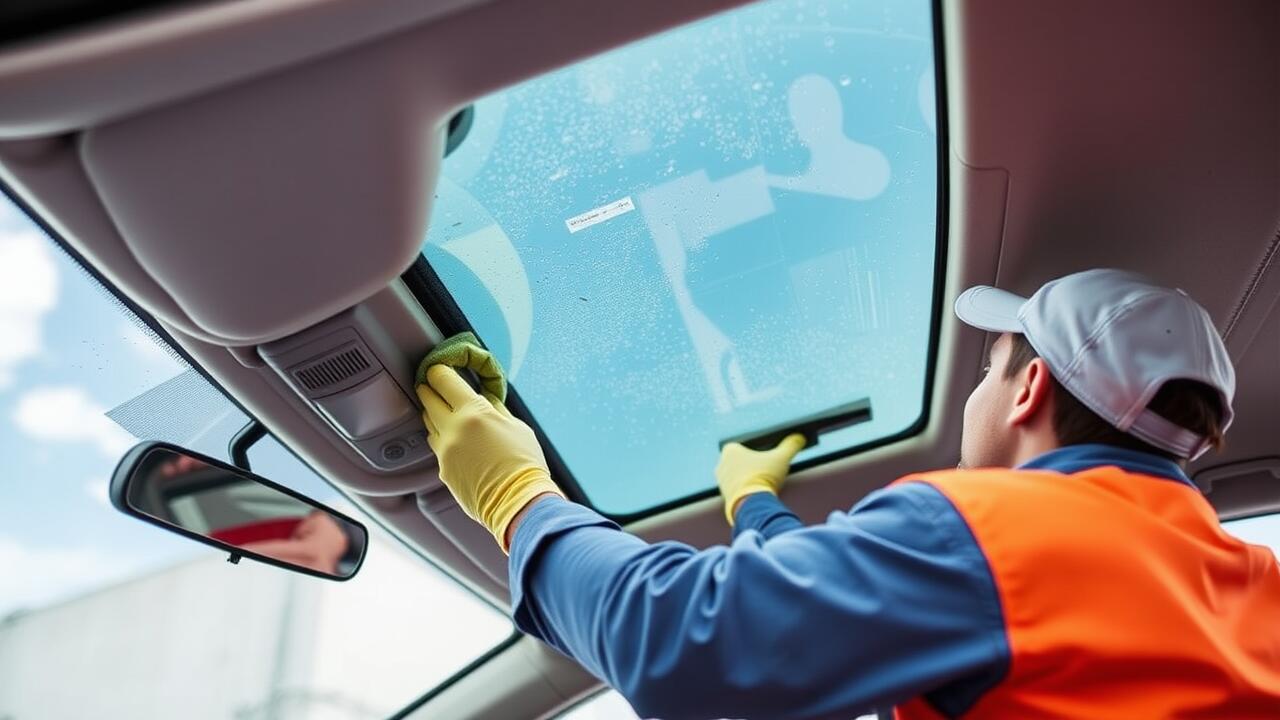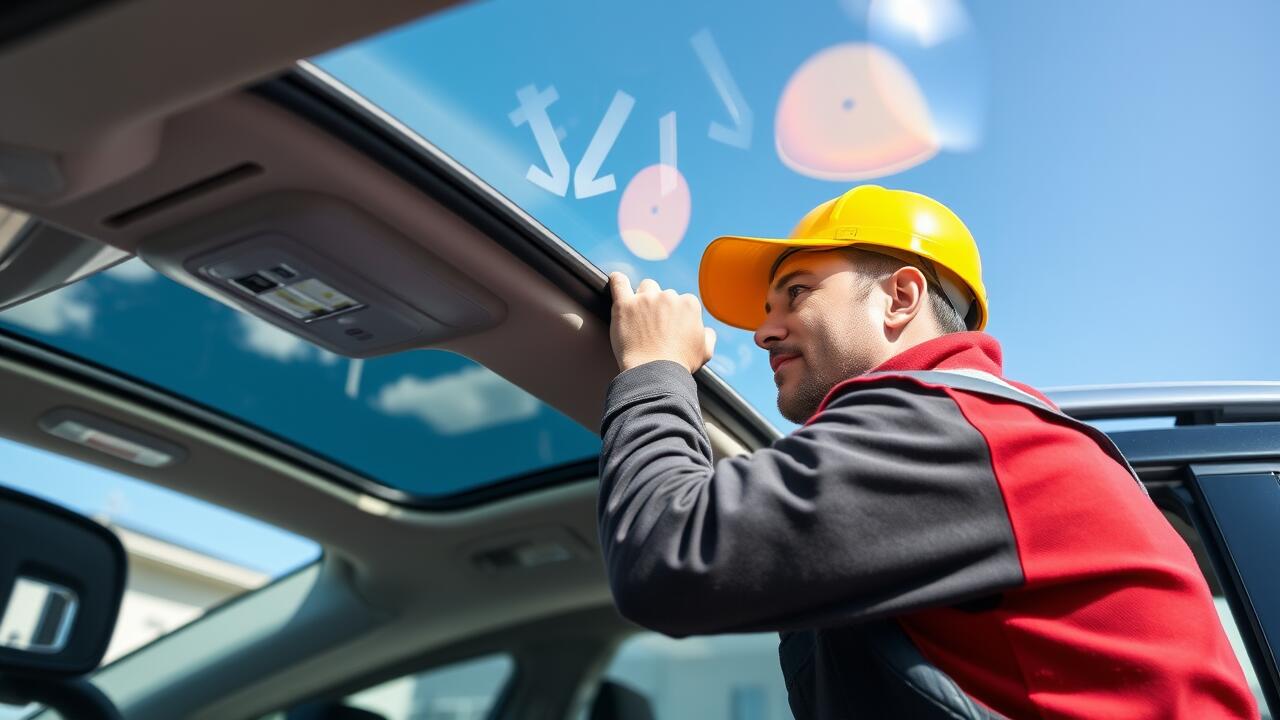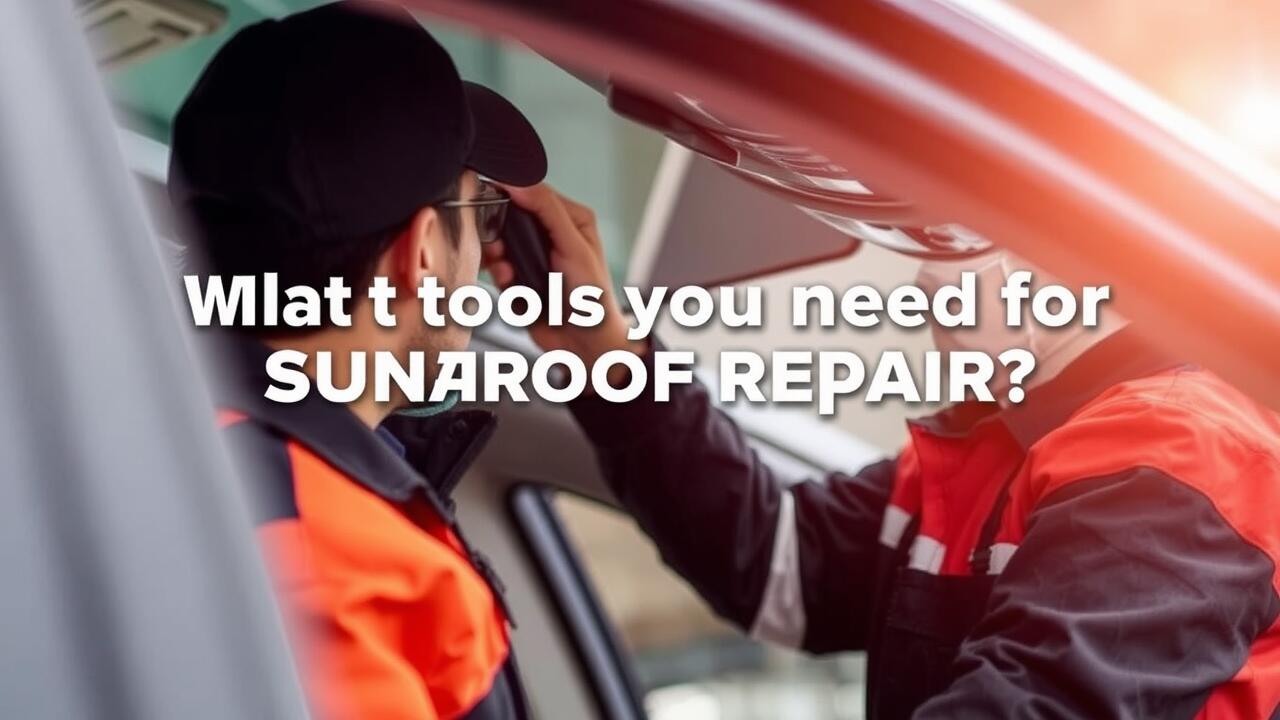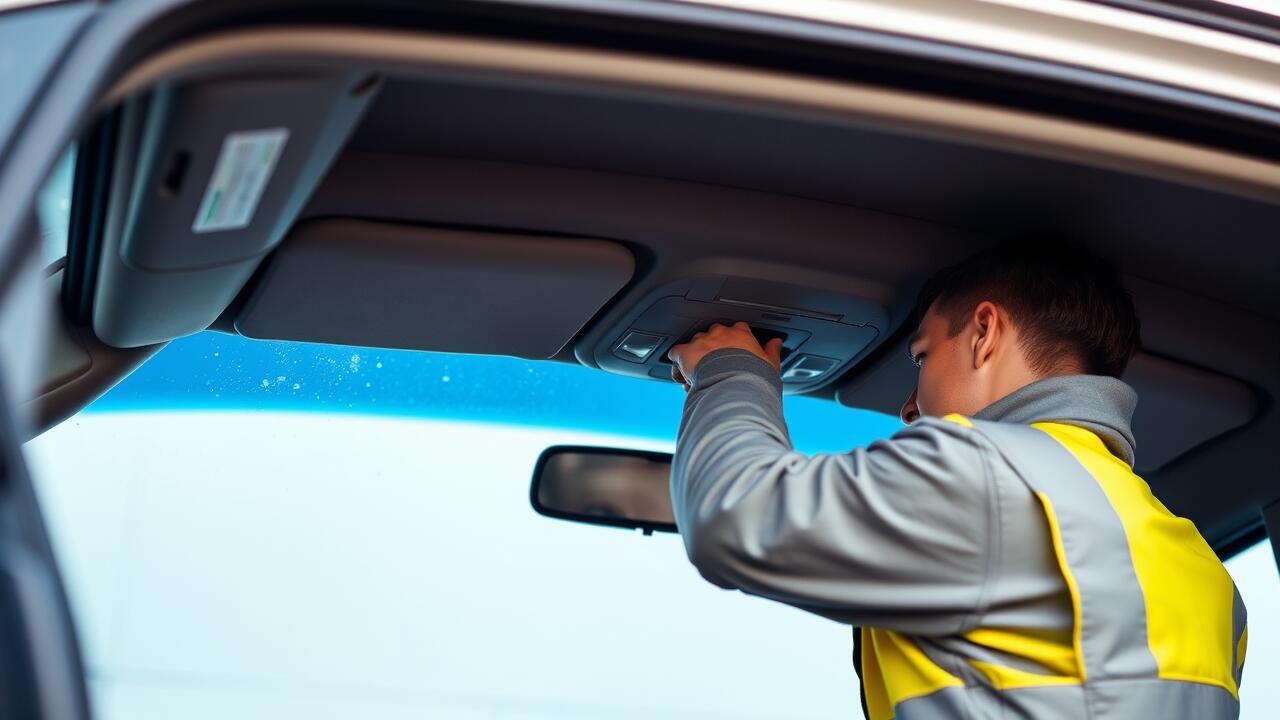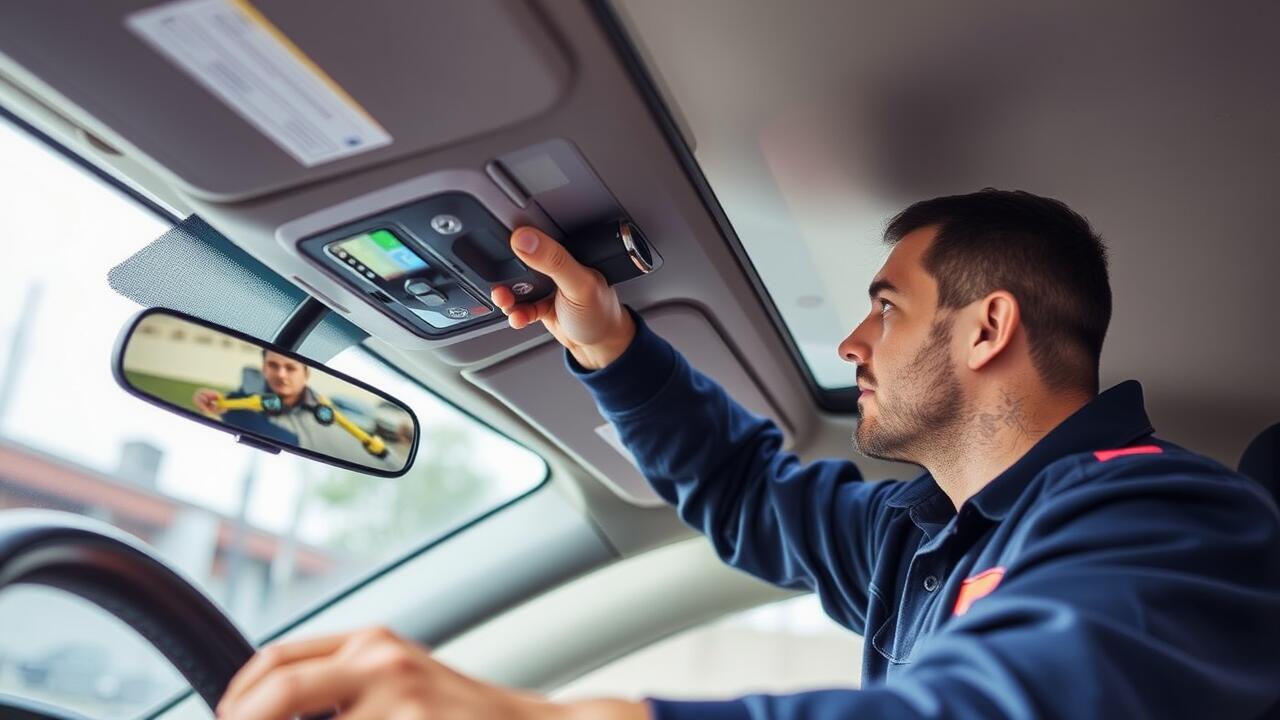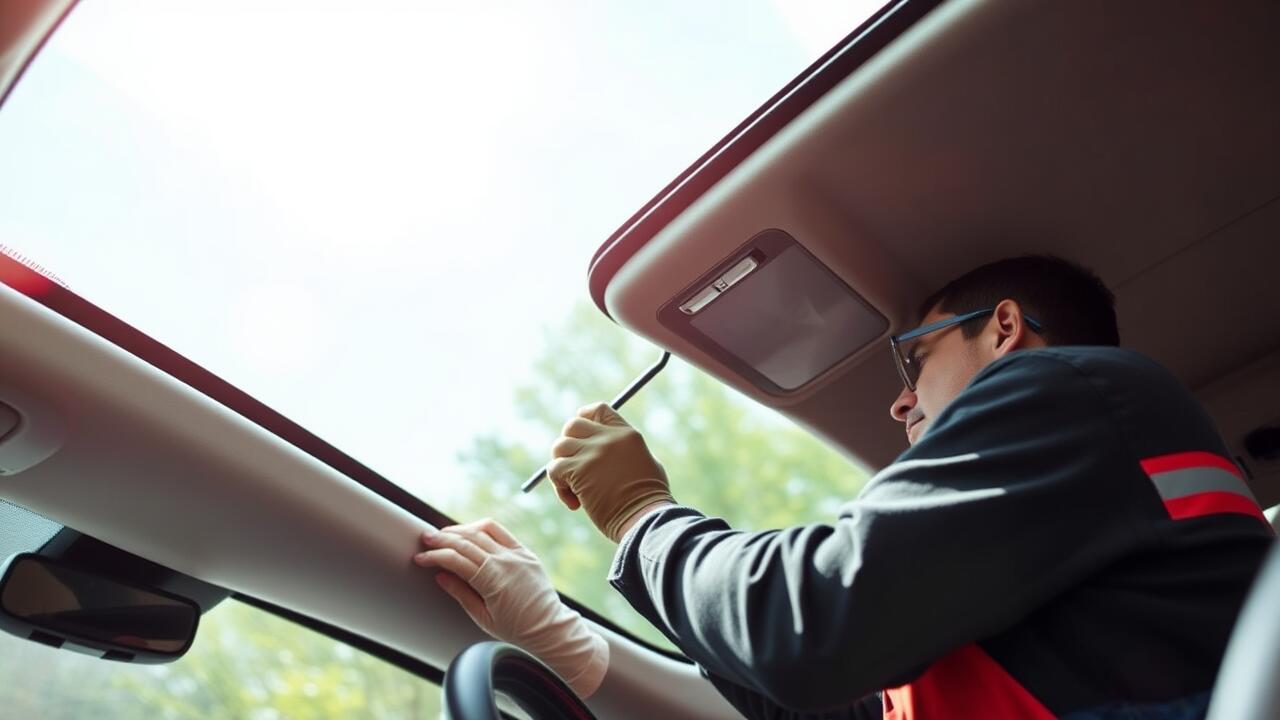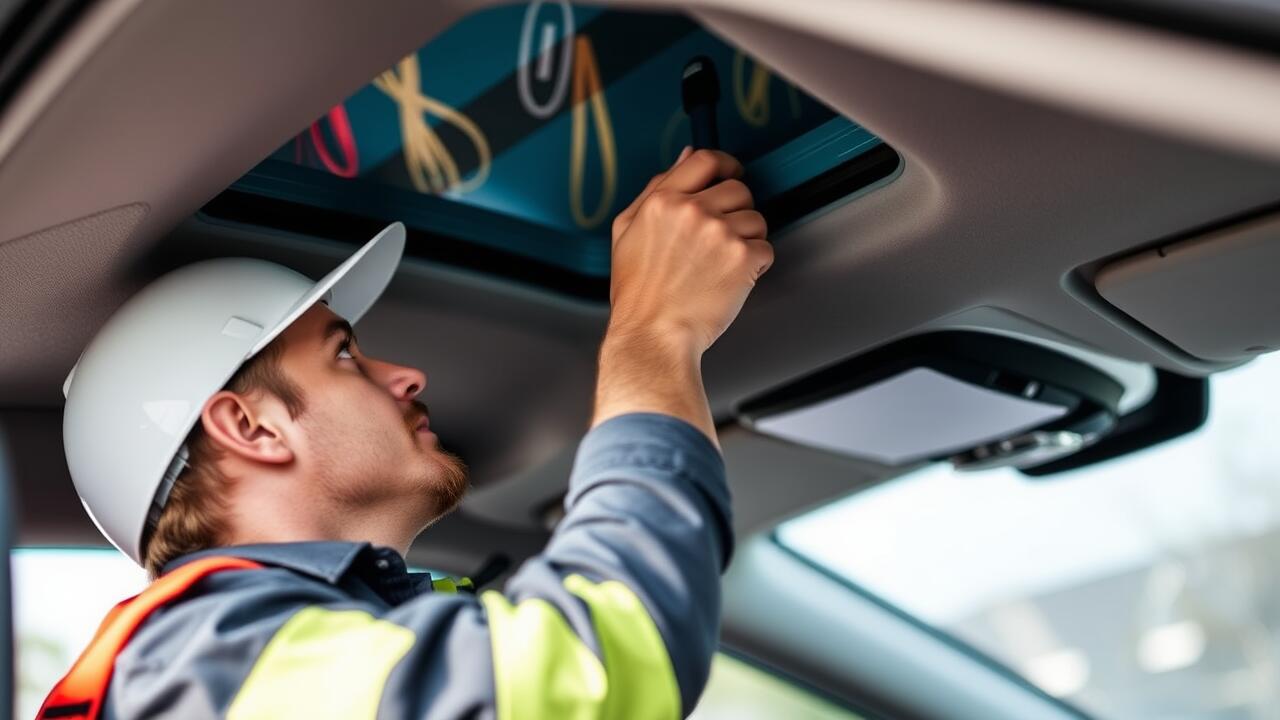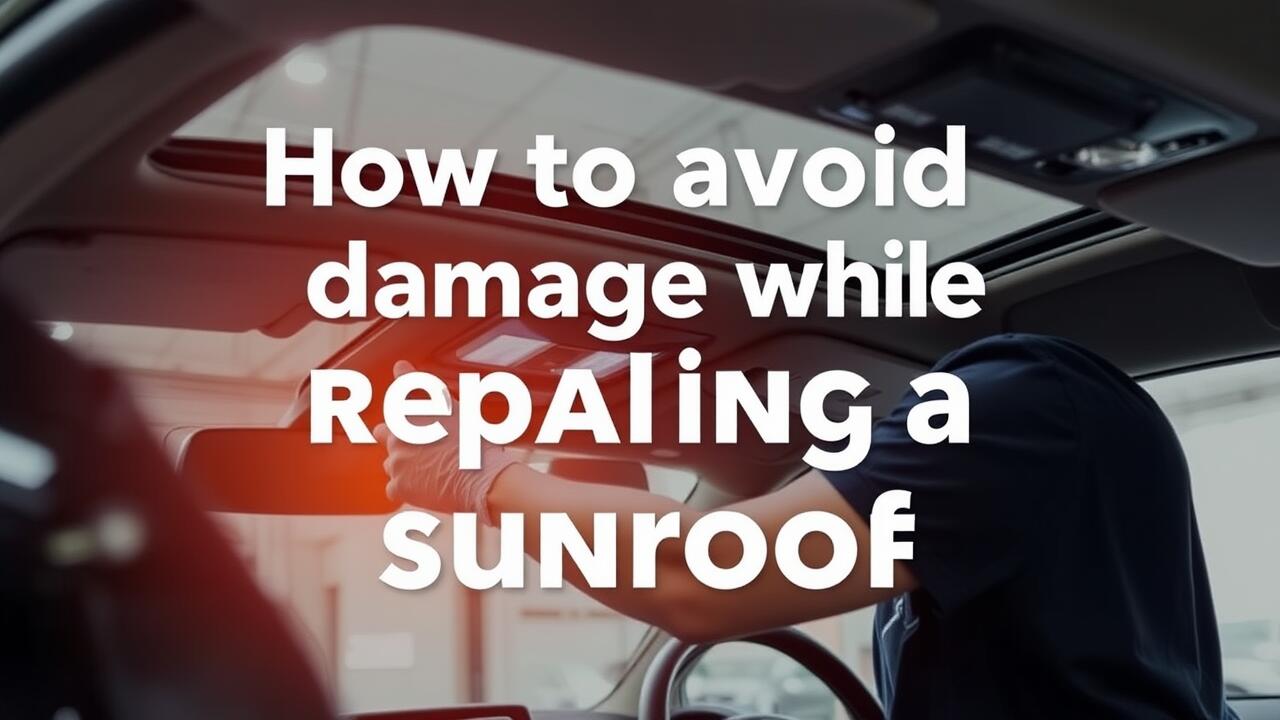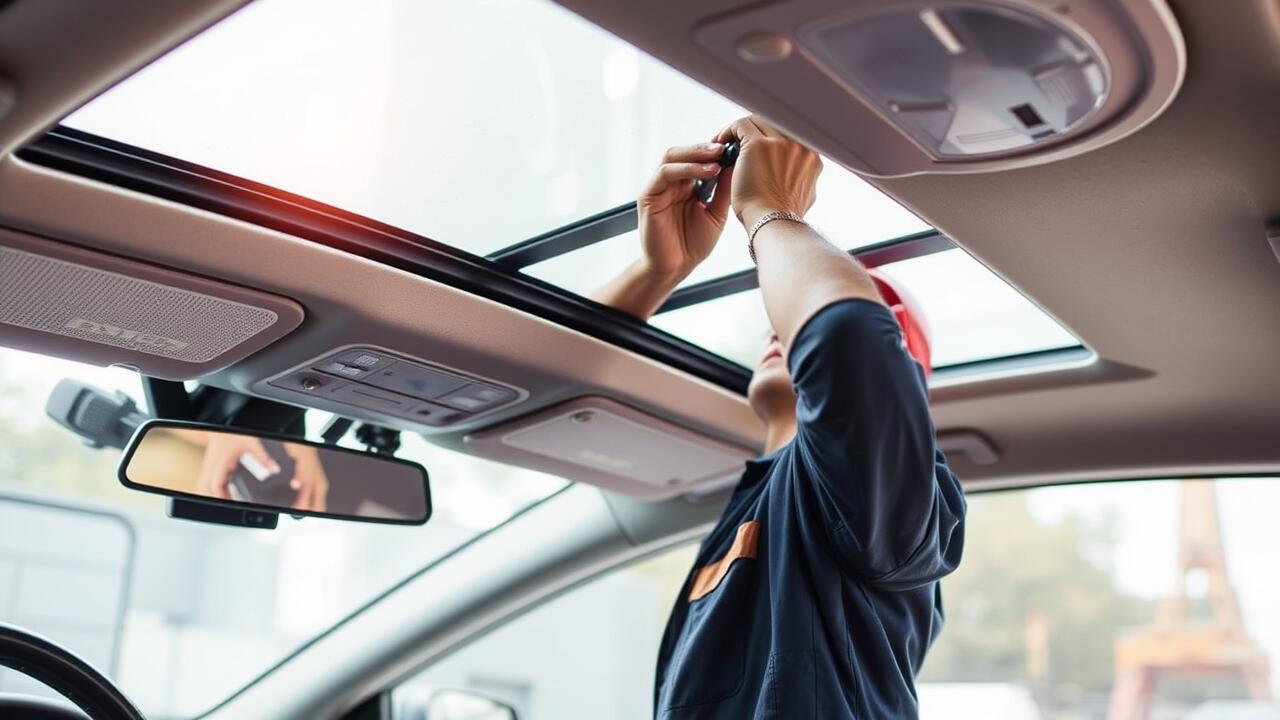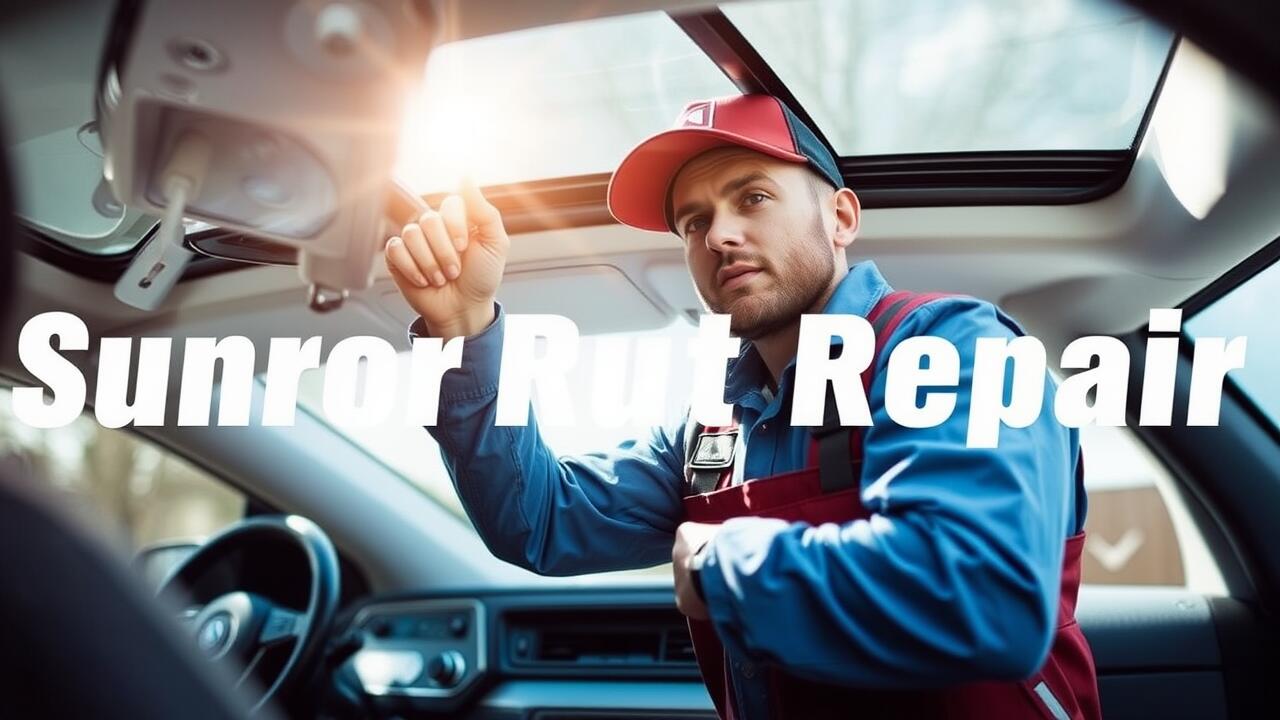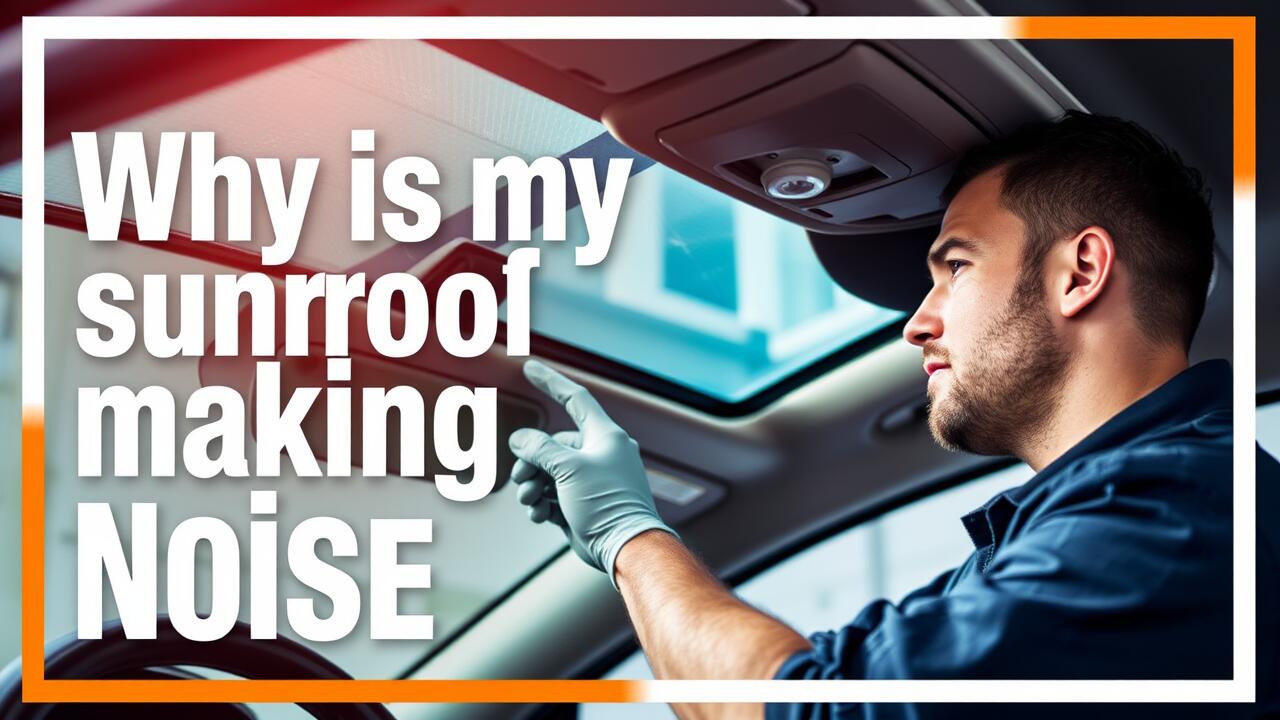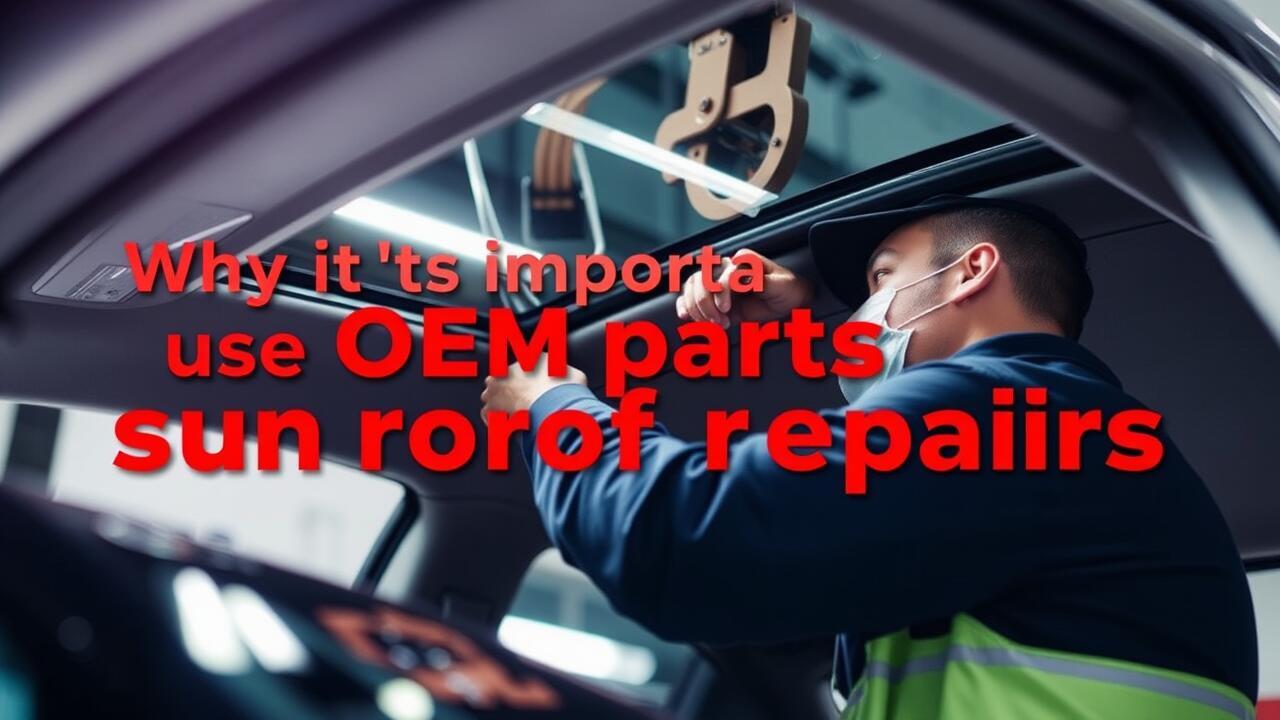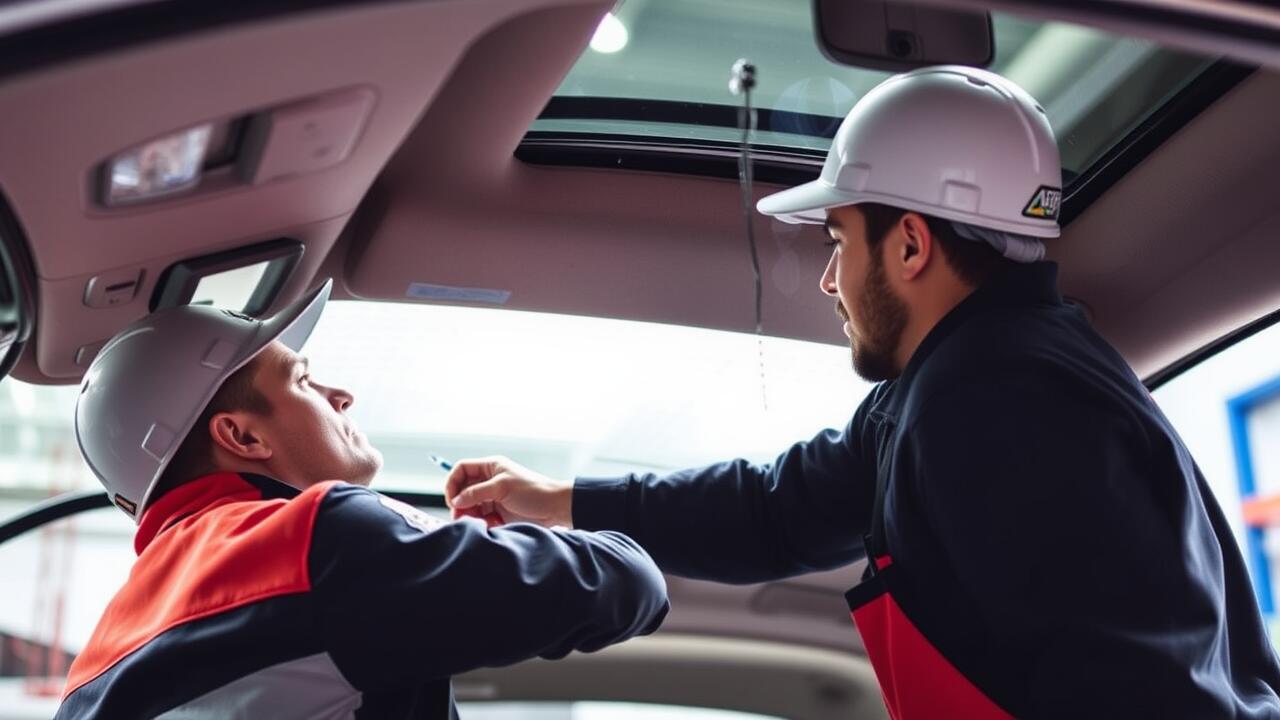
Table Of Contents
Types of Sealants Available
There are several types of sealants available for sunroof repair, each designed to address specific needs and conditions. Silicone-based sealants are popular due to their flexibility and resistance to weather extremes. They form a strong bond and can accommodate the movements of a vehicle, making them suitable for applications where vibration is common. Polyurethane sealants also offer excellent adhesion and durability, ideal for high-stress areas exposed to moisture and heat.
For those looking for a quick fix, rubber gasket sealants can provide a temporary solution, often used to fill gaps around sunroof edges. These sealants are easy to apply and remove, but they may not last as long as silicone or polyurethane options. When selecting a sealant for sunroof repair, it’s essential to consider factors like the material of the sunroof frame, the climate in your area, and the longevity required for the repair.
Choosing the Right Sealant for Your Vehicle
Selecting the right sealant for your vehicle’s sunroof requires careful consideration of the specific materials and conditions involved. Different sealants cater to various surfaces, such as metal, glass, or plastic. It’s essential to choose one that adheres effectively to the sunroof frame and the glass itself while providing long-lasting protection against moisture ingress. Consulting the vehicle manufacturer’s guidelines can also help identify recommended products designed specifically for sunroof repair.
Another important factor in choosing a sealant is its resistance to environmental elements. Exposure to UV rays, temperature fluctuations, and moisture can all affect sealant performance over time. Opting for a sealant that is designed to withstand extreme weather conditions can ensure better longevity and reliability. Investing in a high-quality sealant not only enhances the effectiveness of the sunroof repair but also minimizes the chance of future leaks, saving time and potentially costly repairs down the line.
Common Causes of Sunroof Leaks
Sunroof leaks can result from a variety of factors, ranging from worn seals to debris accumulation. Over time, the rubber gaskets around the sunroof can deteriorate due to exposure to UV rays, temperature fluctuations, and general wear and tear. Additionally, leaves and other debris can block drainage channels, leading to moisture buildup and eventual leaks. Regular maintenance is essential to identify and address these issues before they result in significant water damage.
Another common cause of sunroof leaks is improper installation or adjustments. If a sunroof is not aligned correctly, even small gaps can allow water to penetrate. This could happen during initial installation, or after a repair or replacement event. Ensuring that the sunroof is sealed properly is crucial for preventing leaks. In cases where leaks are detected early, a focused sunroof repair can often resolve the issue without the need for extensive replacements or costly repairs.
Identifying the Source Before Sealing
Understanding the source of a sunroof leak is crucial before deciding on sealing methods. Common culprits include clogged drainage systems, damaged seals, or misaligned sunroof glass. A thorough inspection of the sunroof area can help identify these issues. Checking the drainage tubes for blockages ensures that water is directed away from interior components. A careful examination of the seal and alignment can reveal damage or gaps that allow water to seep through.
Once the source is identified, it becomes easier to decide how to proceed with sunroof repair. If the problem is a simple clog, clearing the drainage may suffice. However, if the seals are worn or misalignment is present, a sealant might be necessary to create a watertight barrier. Investing time in diagnosis not only saves money in the long run but also enhances the effectiveness of the repair solution chosen.
Performance in Various Weather Conditions
When considering sealants for sunroof repair, it's important to understand how they perform in various weather conditions. Many sealants offer specific properties that enhance their ability to resist moisture and temperature fluctuations. Some products are formulated to remain flexible even in extreme cold, while others are designed to withstand high temperatures without deteriorating. This adaptability ensures that the seal maintains its integrity regardless of seasonal changes, providing reliable protection against leaks.
The durability of sealants also plays a crucial role when exposed to different environmental factors. Prolonged exposure to UV rays can break down certain sealants, leading to eventual failure. However, high-quality options come with UV-resistant properties that extend their lifespan. Additionally, the capacity of a sealant to repel rain and snow without compromising adhesion is essential for effective sunroof repair. Selecting the right product means considering both weather resilience and long-term performance to ensure a secure seal.
Sealant Durability in Extreme Environments
Sealants designed for automotive applications must withstand a variety of environmental conditions. Extreme temperatures, whether hot or cold, can challenge the integrity of the sealant. In hot weather, exposure to the sun can cause certain products to degrade, while frigid temperatures can lead to brittleness. Choosing a sealant specifically formulated for durability can help ensure that sunroof repair remains effective over time. It is essential to consider these factors when selecting a product to avoid premature failure of the seal.
Moreover, sealants should also provide resistance against moisture and humidity. Heavy rains and snow can introduce significant water pressure on the sunroof, necessitating a reliable barrier. A quality sealant will not only withstand these forces but should also resist mold and mildew growth. This durability plays a crucial role in maintaining the effectiveness of sunroof repair efforts, offering long-lasting protection against leaks. Proper application and adherence to manufacturer recommendations will further enhance the performance of the sealant in harsh weather conditions.
FAQS
Why should I choose sealant for a sunroof leak instead of replacing the entire sunroof?
Choosing sealant can be a more cost-effective and quicker solution to fix sunroof leaks, addressing the issue without the need for extensive repairs or replacement parts.
What types of sealants are available for fixing sunroof leaks?
There are several types of sealants available, including silicone sealants, polyurethane sealants, and rubberized sealants, each designed for specific applications and levels of flexibility.
How can I determine the right sealant for my vehicle's sunroof?
To choose the right sealant, consider factors such as the type of material your sunroof is made from, the climate in which you live, and the specific nature of the leak.
What are common causes of sunroof leaks?
Common causes include clogged drainage channels, damaged or worn weather stripping, and improper installation or maintenance of the sunroof.
How can I identify the source of the leak before applying sealant?
Inspect your sunroof and surrounding areas for visible signs of damage, check for clogged drainage systems, and conduct a water test to pinpoint where the leak originates.
How does sealant perform in various weather conditions?
High-quality sealants are designed to withstand a range of weather conditions, including rain, snow, and extreme heat, although their durability may vary based on the specific product used.
What should I consider regarding sealant durability in extreme environments?
When selecting a sealant for extreme environments, consider factors such as temperature resistance, UV stability, and the ability to remain flexible despite expansion and contraction due to temperature changes.
